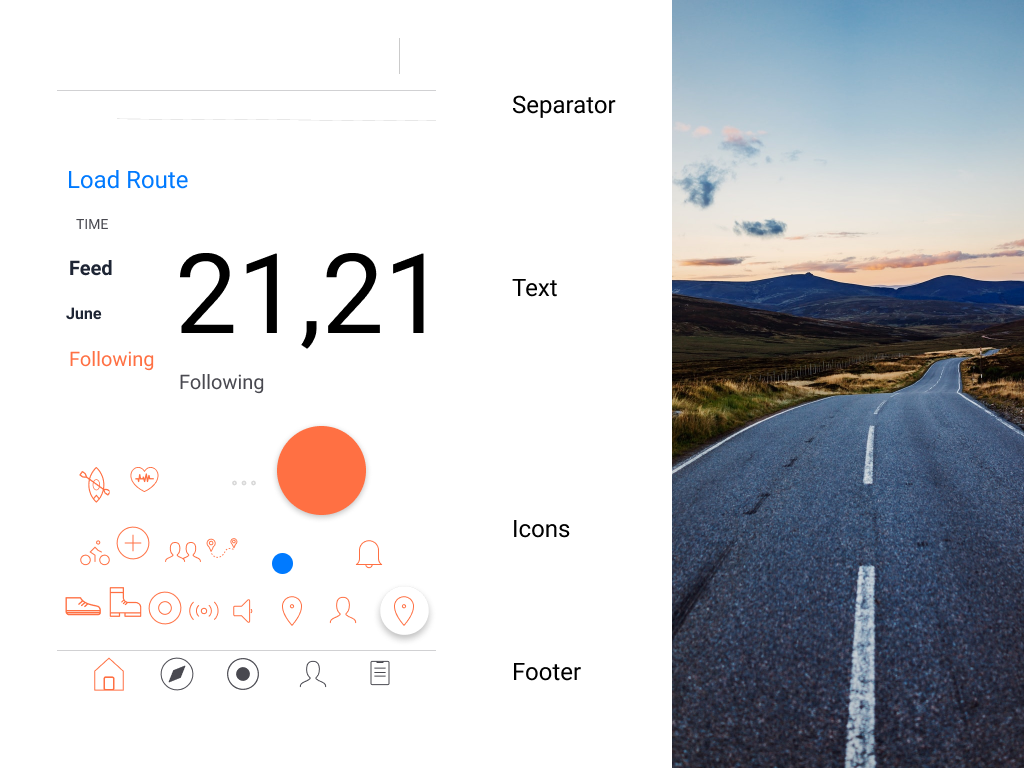UX designer
1 week
1 UX Designer
Figma
2021
100%
When resources are limited or you need quick, actionable insights, we will use guerrilla research.
To better understand the needs of Strava users, I conducted guerrilla research within my own academic environment. I reached out to my classmates, many of whom are athletes, to discuss their sports routines and experiences with fitness-tracking apps. Fortunately, I identified two users right in my class who provided valuable insights into their use of Strava.
To solve this problem, I conceptualized a feature enhancement for Strava—a live GPS function that not only tracks but also suggests routes in real-time during the activity. This would ensure users can always find their way back to their starting point without compromising the spontaneity of choosing their path.

Battery Usage: Continuous GPS tracking can significantly drain battery life, which needs to be optimised.
Data Usage: Depending on the implementation, the feature might require substantial data exchange to update the map and route suggestions, which could impact users with limited data plans.
Confidence in Navigation: Users can explore new areas without the fear of getting lost, as the app provides continual guidance back to their starting point or towards a defined endpoint.
Customised Experience: The app tailors the experience to individual fitness goals and interests by allowing users to set preferences for route length and difficulty.
Safety: With real-time route suggestions, users are less likely to end up in unsafe or undesirable areas, as the app can guide them along well-traveled paths.